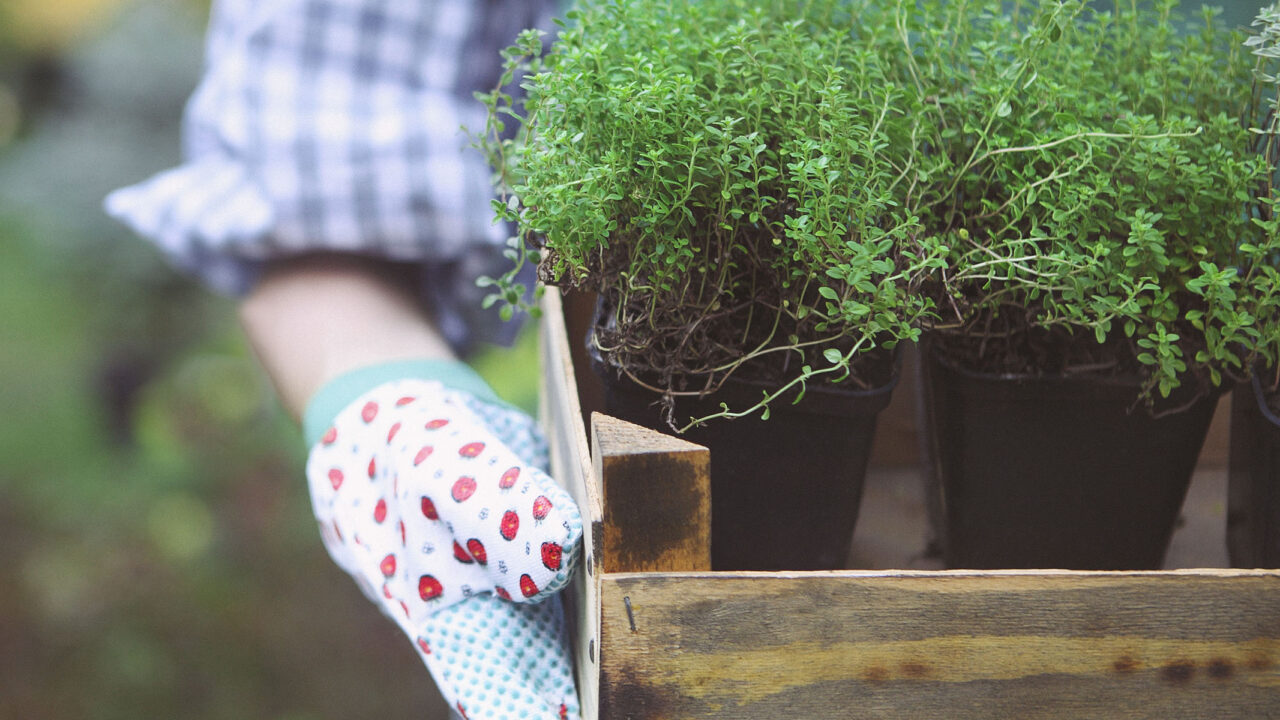Characteristics
| Hardiness zone | 9a |
|---|---|
| Flower color | red |
| Foliage type | evergreen |
| Plant form | towering |
| Mature height | 8 feet |
| Spread | 4 feet |
| Light requirements | full sun |
| Moisture requirements | moist |
| Plant origin | hybrid |
Houston's favorite garden center devoted to Texas native plants and organic gardening.
Botanical name: Canna ‘Australia’
A stunning garden addition with huge, deep maroon-black leaves that are the darkest of the cannas; large red flowers top this towering plant that is perfect for the back of borders; a root hardy perennial only where soil does not freeze.
| Hardiness zone | 9a |
|---|---|
| Flower color | red |
| Foliage type | evergreen |
| Plant form | towering |
| Mature height | 8 feet |
| Spread | 4 feet |
| Light requirements | full sun |
| Moisture requirements | moist |
| Plant origin | hybrid |
Australia Canna features bold spikes of red flag-like flowers at the ends of the stems from early spring to early fall. Its attractive large glossy pointy leaves emerge burgundy in spring, turning plum purple in color the rest of the year. The fruit is not ornamentally significant.
Australia Canna is an herbaceous evergreen perennial with a rigidly upright and towering form. Its wonderfully bold, coarse texture can be very effective in a balanced garden composition.
This plant will require occasional maintenance and upkeep, and is best cleaned up in early spring before it resumes active growth for the season. It is a good choice for attracting hummingbirds to your yard. Gardeners should be aware of the following characteristic(s) that may warrant special consideration;
Spreading
Australia Canna is recommended for the following landscape applications;
Accent, Mass Planting, General Garden Use
Australia Canna will grow to be about 8 feet tall at maturity, with a spread of 4 feet. It grows at a fast rate, and under ideal conditions can be expected to live for approximately 10 years.
This plant should only be grown in full sunlight. It requires an evenly moist well-drained soil for optimal growth, but will die in standing water. It is not particular as to soil pH, but grows best in rich soils. It is highly tolerant of urban pollution and will even thrive in inner city environments, and will benefit from being planted in a relatively sheltered location. Consider applying a thick mulch around the root zone in winter to protect it in exposed locations or colder microclimates. This particular variety is an interspecific hybrid. It can be propagated by division; however, as a cultivated variety, be aware that it may be subject to certain restrictions or prohibitions on propagation.
